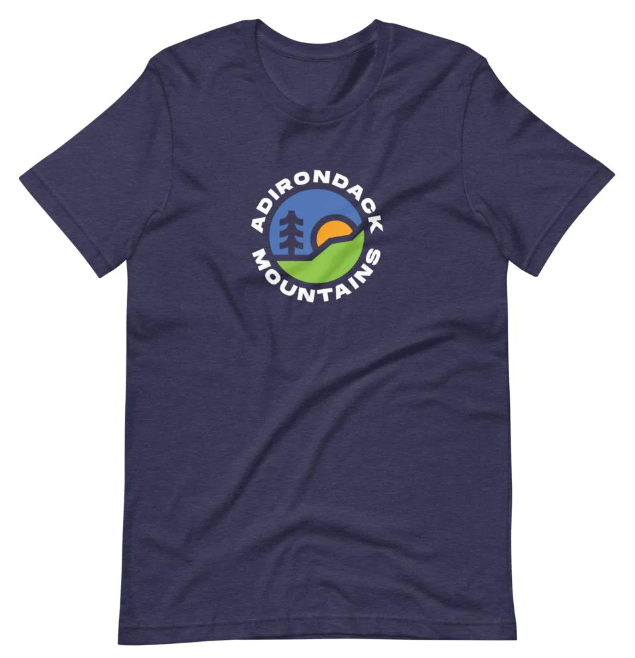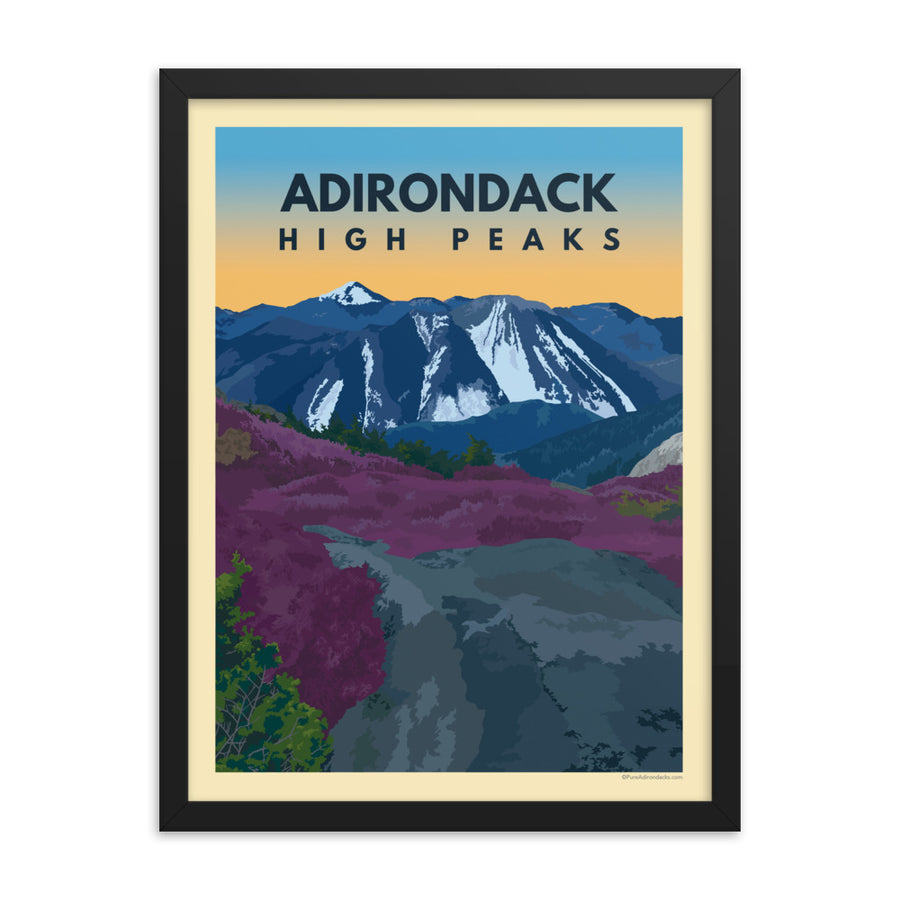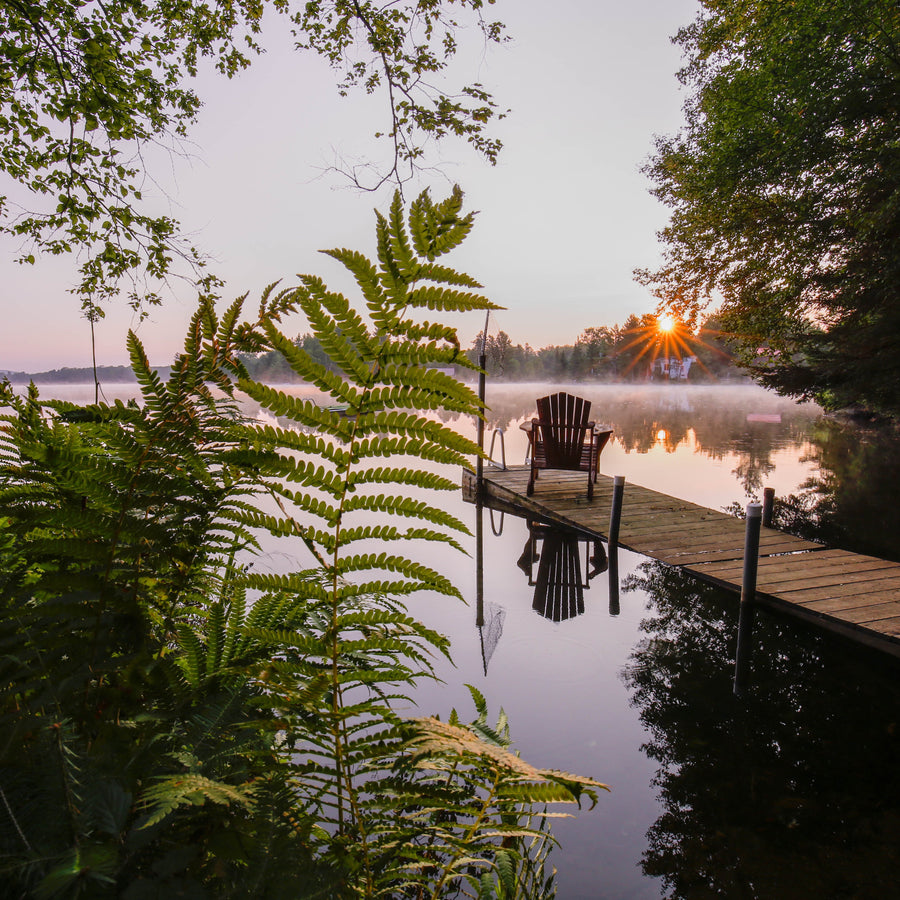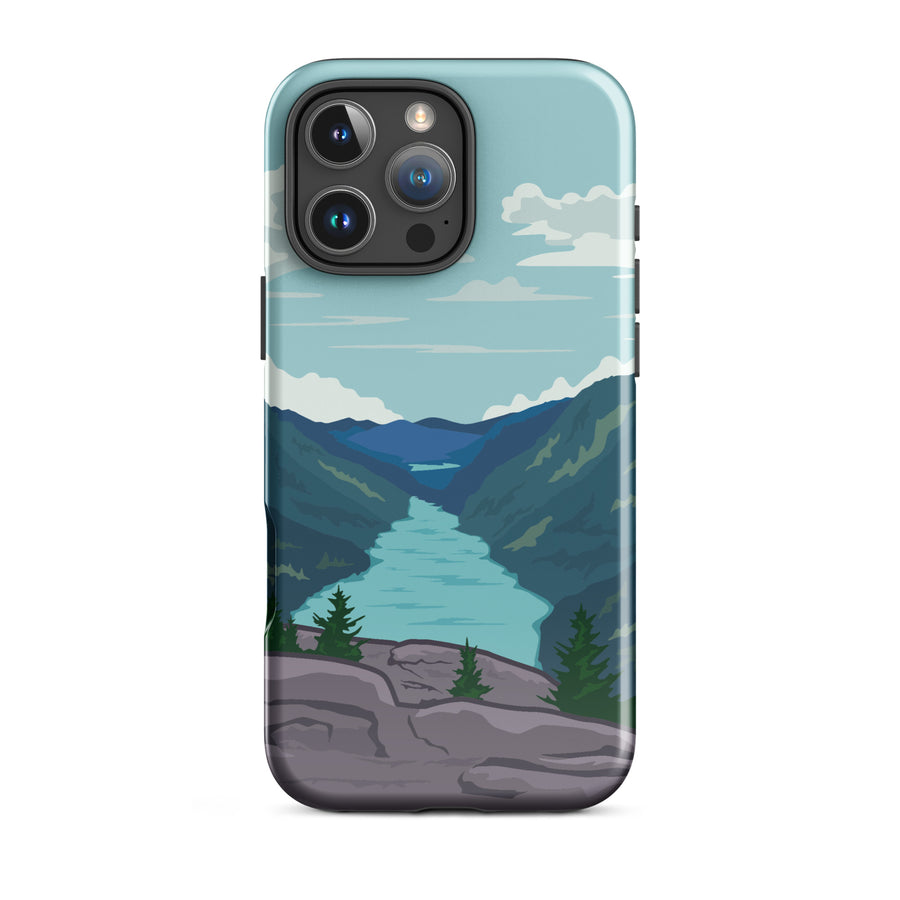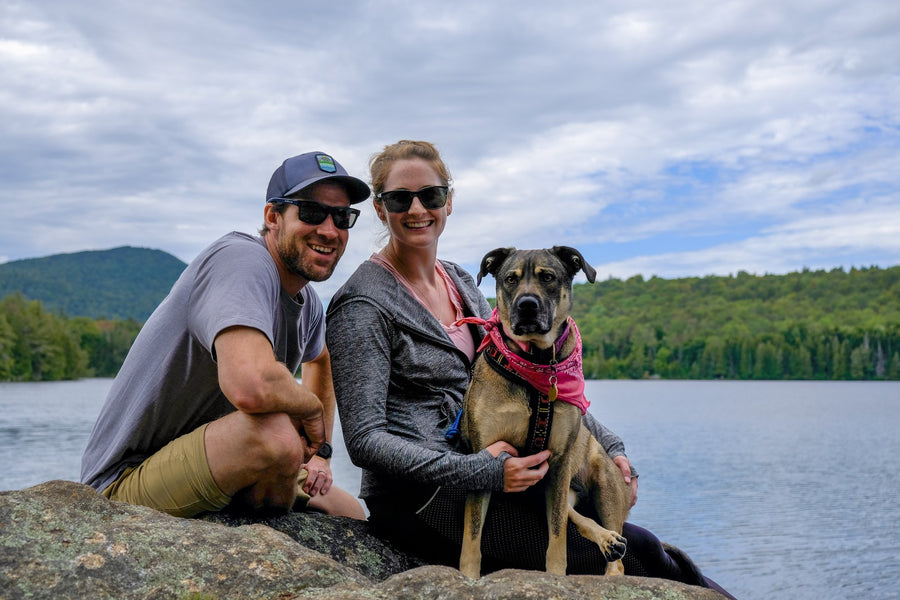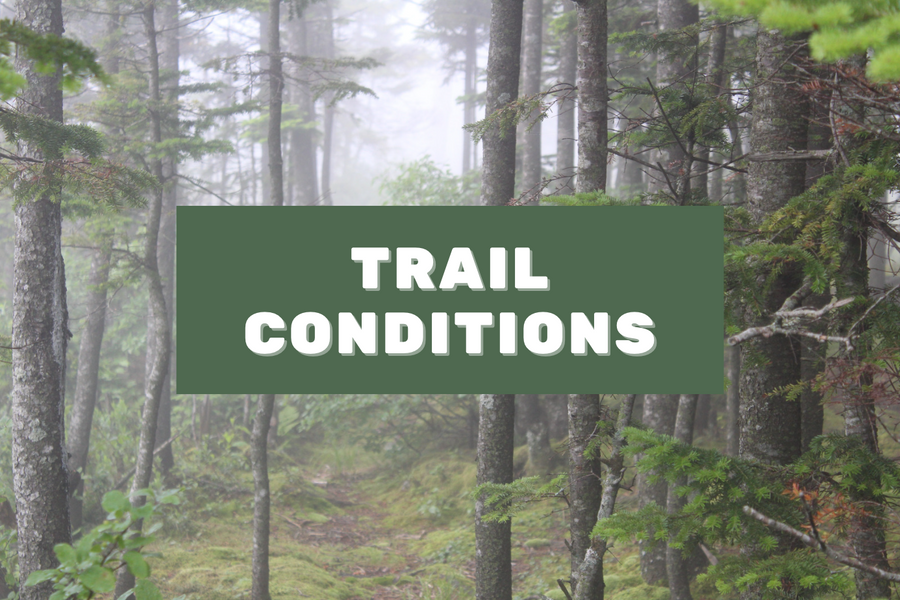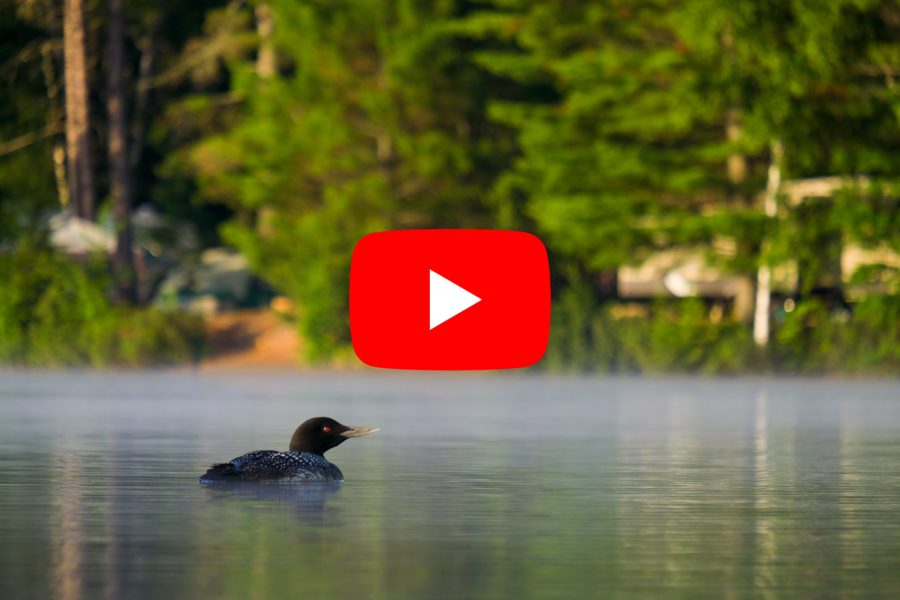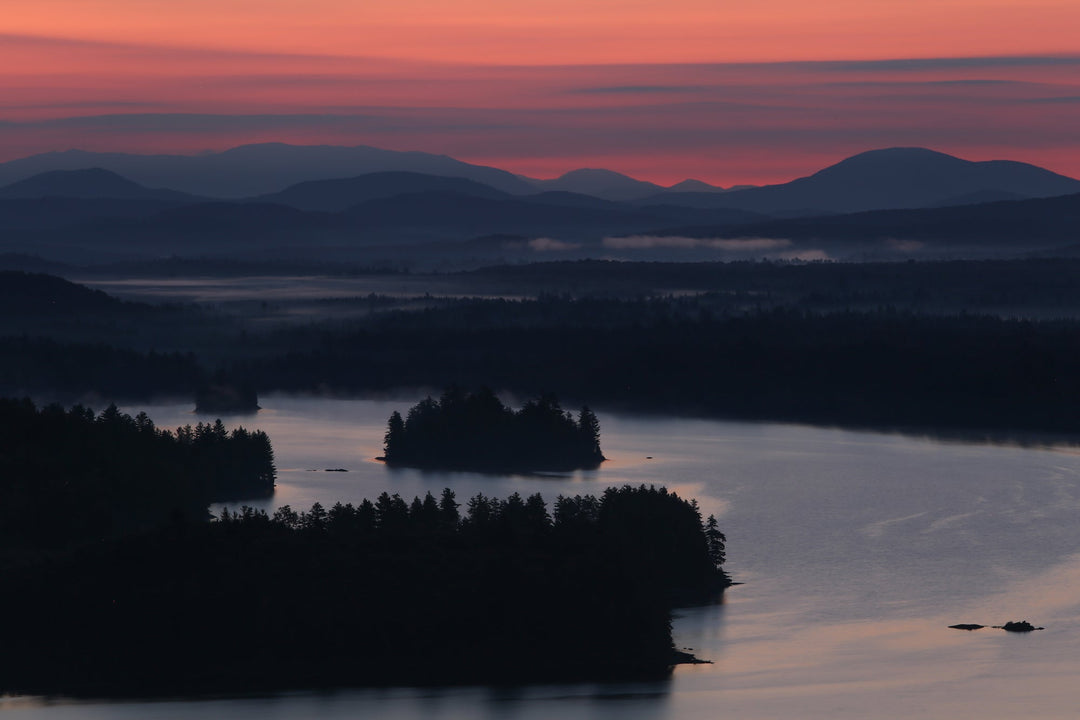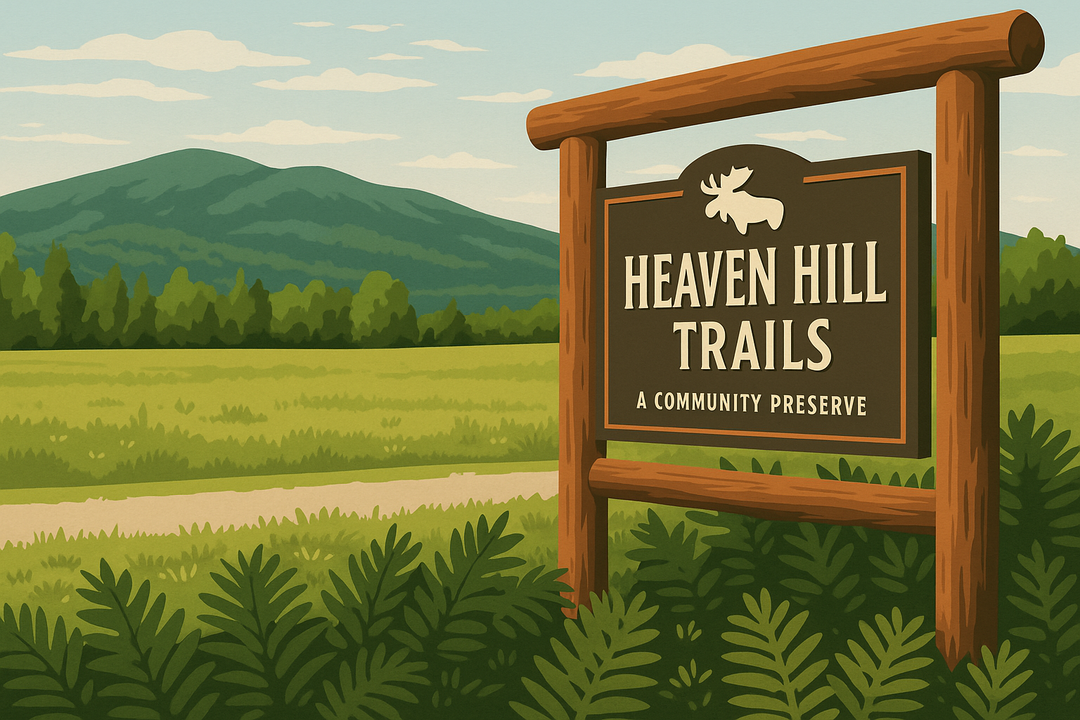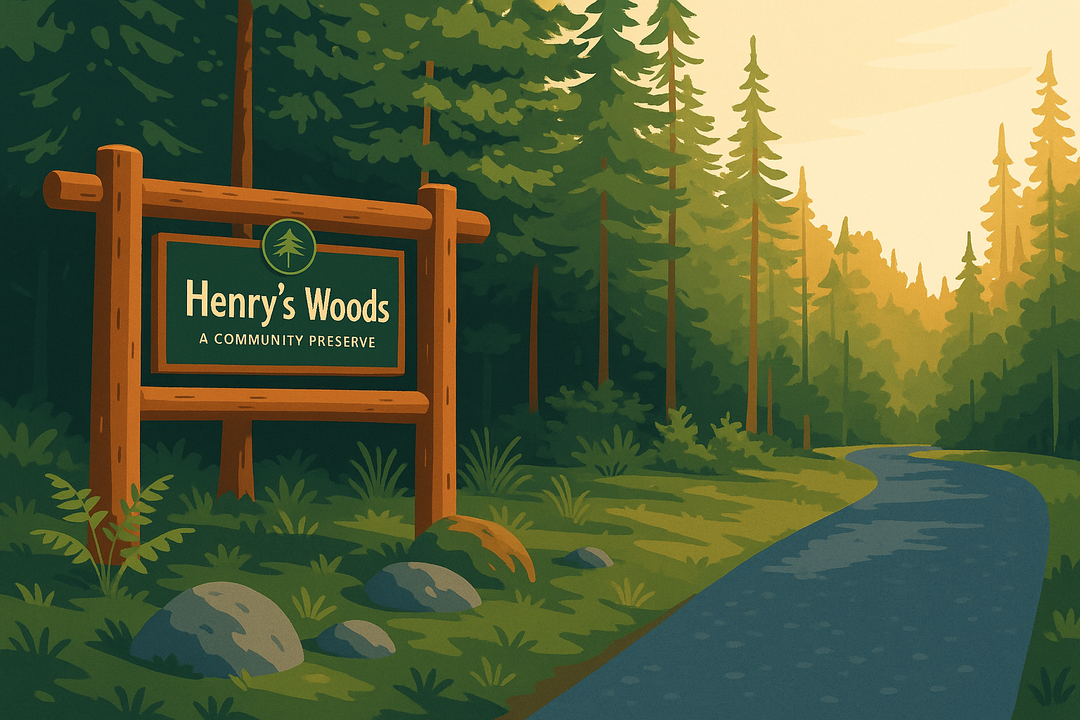Northville-Placid Trail Experience
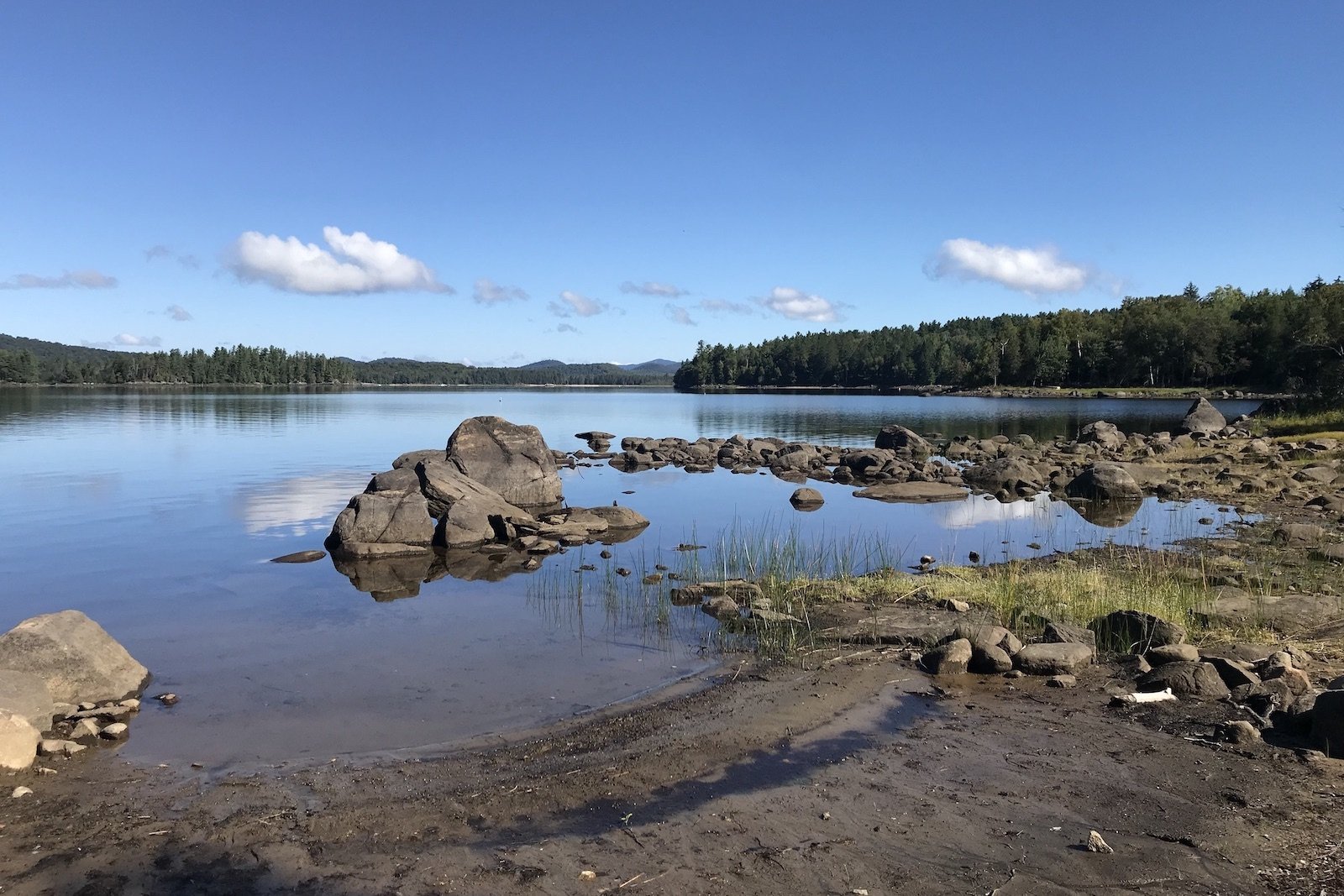
Story Shared By James Fess
James Fess is a hiker, conservationist, and student. He has thru-hiked the Long Trail of Vermont in September of 2016, Appalachian Trail in the spring of 2018, and now the Northville-Placid Trail in September 2018. His hiking experience began in 2015, the senior year of his undergrad degree in biology at SUNY ESF in Syracuse, NY. He started with shorter trails around Cranberry Lake, as well as Cascade and Porter in the High Peaks region of the Adirondack Park, eventually taking a backpacking class at Syracuse University which was his true introduction to long distance hiking. Here, on the Northville-Placid Trail, he took his gained hiking experience back to the Adirondacks where it all began. Look for James on Instagram (@james_fess) for more content of hiking and the great outdoors.
Here is a 5-minute video of James' Northville-Placid Trail thru hike!
Day by Day Itinerary
- Main St, Northville – Silver Lake lean-to (24 miles)
- Silver Lake – Spruce Lake #1 lean-to (27 miles)
- Spruce Lake #1 – Stephens Pond lean-to (31 miles)
- Stephens Pond – Catlin Bay #1 lean-to (19 miles)
- Catlin Bay – Ouluska lean-to (16 miles)
- Ouluska – Averyville Rd, Lake Placid (18 miles)
Favorite Moment

One word came to mind at that moment: Connection. Connected with what my body feels, how the weather is shifting and when the sun is going to set. There is a raw sense of intimacy with my surroundings that is an unavoidable, but essential aspect of spending time in the backcountry. The connection emerges from the immediate necessity of survival, and although it forms in the absence of comfort, safety, and security, it is a connection that truly makes you feel alive.
Moments of Adversity
Part of what makes a thru-hike difficult yet greatly rewarding is that things will never go exactly according to plan. Spending extended periods of time in the woods will present unexpected obstacles and challenges, such as; large trees blown down on the trail, gear failure, minor to major injuries, and animal encounters. I have experienced my share of these difficulties, but for this trip, it was the rain that got me.
Starting out day one it was cloudy, and from the weather reports I read leading up to the trip, I knew rain was coming. It sure did. From the middle of the second day until the morning of the fourth it rained. I was finally able to dry things out when the sun came out until the middle of the fifth day. I had some minor trench foot (imagine super pruned feet) while hiking in the rain, which led to blisters on the soles of my feet. The pain from the blisters caused my stride to have an awkward step and gait, eventually leading to some swelling in both of my knees, my left shin and ankle. I had planned further north on the NPT to cut off at the Ward Brook trail and hike the Seward range in the High Peaks, then backtrack and finish the thru-hike. However, with my feet and legs in that condition, I decided to skip the Seward range.
As horrible as that experience may sound, I truly enjoy spending time in the woods., Because of that, I am able to look at those problems as opportunities to learn and grow rather than looking at them as burdensome and debilitating. We face those chances to problem solve in our lives on a daily basis, and when I practice embracing them doing things I enjoy, I feel more equipped to face other problems in the future. In this light, I have been able to use hiking and the outdoors as a modality for the growth and development of my potential as a human.
People I Met on the Trail
Having read in my research of the NPT that it is not the most popular trail, it was no surprise that I only met about a dozen people on the trail. Of course, it’s possible I did not cross paths with everyone that was out there at the same time as me. For example, I noticed in the trail registers that a couple from Rochester, NY (my hometown) had started a northbound thru-hike just the day before me and were planning to finish the same day. By the third day, I reached the register in the West Canada Wilderness and I no longer saw their entries, so I must have passed them at some point.
The people I did meet were a mixed bag of folks, everyone unique in their own way and all friendly. The first day I met a guy near the end of the road-walk section coming out of Northville, and he was about to finish his southbound thru-hike. I talked with him for a minute, asking about trail conditions, water, animals and various things. After him, I saw no one on the trail until crossing Benson Road a little over ten miles into the day, and then not again until I arrived at the Silver Lake lean-to that evening. I was greeted at the shelter by three Philly boys, a dog and their generous offer of some whiskey. They had a fire going when I showed up which was nice, that being one of the coldest nights on the hike. I told them about recently thru-hiking the Appalachian Trail, and thought to myself how funny it was that I suddenly became this experienced, authority on long distance hiking in their eyes.
On day four, at the NY28 road crossing, I stopped for a short snack break at the trailhead. A kind lady named Joan showed up with a pair of binoculars, a classic sign of a birder. We struck up a conversation ranging from migratory birds in the region to hiking the 46 high peaks. After a while we said our goodbyes, and I trekked on to the Catlin Bay lean-tos at Long Lake. There was a Virginian fisherman named Greg there for the night. We shared stories and some of his vodka that evening, and aside from his thunderous snoring, it was a beautiful night with an incredible sunset over the lake.
Food Supplies & Snacks
Everyone is different when it comes to trail food, but most thru-hikers will agree that having a variety and changing what you eat over the course of a long distance hike prevents you from getting absolutely sick of things. Even your favorite snacks can become bland and repulsive if you eat it every day for long enough. Fortunately, this hike was shorter so I could account for a bit less variety overall.
I went with general snack bars like Snickers, Clif, Powerbars, and Nature Valley, mixed nuts and trail mix, energy gel shot packets and propel to replenish electrolytes and hydrate properly during the days. I went without a camp stove for this hike which was a first time for me on a long distance trip. At night for dinner, instead of boiling water and cooking, I would eat a tomato basil wrap with tuna or Spam, plus pepperoni and a couple packets of mayo, mustard, or hot sauce. I would recommend, if you get to camp earlier than expected, try not to eat all of your snacks and hold off dinner as long as possible. Snacking throughout the day is important to refuel, but if you eat all of your snacks and have dinner at 4pm, you are going to be one hungry hiker that evening while trying to go to bed!
Fauna and Flora
The first day was one of the more notable experiences seeing wildlife on the NPT. While crossing West Stony Creek between Northville and Benson Rd, I started taking a video update of the hike talking about how I far I was into the day and that I had to cross the creek. I stop mid-sentence, turning my attention and the camera over to two birds I noticed flying together, seeming to be struggling with each other. I realized the bigger of the two birds is a small hawk, and watched as it dragged the other smaller bird into the creek.
I brought it up to Joan Collins, she actually runs Adirondack Avian Expeditions, and she was more than eager to see the video! She identified it as a Sharp Shinned Hawk (Accipiter striatus), saying they were currently migrating through the area and that they do prey on other birds. Aside from that experience, I saw Whitetail Deer (Odocoileus virginianus) not far off trail a couple times in the mornings. Plenty of signs of beaver - dams and gnawed trees, but none spotted. I also saw moose tracks in the mud further up north without coming across one.
I did, however, see a fair bit of harvestable fungi and plants throughout the hike. On the first day, I stumbled on quite a bit of Chicken of the Woods (Laetiporus sulphureus), which is a pale to bright orange-yellow shelf style fungus that has a comparable taste and consistency to chicken when cooked. I also saw Chaga (Inonotus obliquus) which grows exclusively on birch trees, growing in an irregular shape with a charcoal look, and is acknowledged for immune system support due to high antioxidant content. Teaberry or American Wintergreen (Gaultheria procumbens) was also very abundant. It is a small plant with edible bright red berries, and whose dark, thick leaves have a minty taste when chewed. The leafy plant matter is not to be ingested, but can be broken up and boiled into a nice, mint tea.
I would recommend before anyone try to harvest wild plants and mushrooms that they get an identification guide for the area, and go out studying and familiarizing themselves with the local flora before making the step of harvesting and utilizing them. I have a very rudimentary understanding of foraging, and those three examples are certainly not the only edible or harvestable flora along the NPT.
Tips and Tricks
As with food, everyone is different when it comes to what gear they are happy with in the outdoors. However, the general consensus is the lighter the better on a long distance hike. A lighter pack allows you to make bigger miles much more easily. It also means you sacrificed the extras and creature comforts at camp. To figure out what works for you, it takes experience and repetition. On my first thru-hike, the Long Trail of Vermont in September 2016, my backpack was way over the recommended weight limit with all of these extraneous items I thought it would be nice to have, but never actually ended up needing or using. So the next time I went out, I left those things behind and over time, continually re-evaluating my gear and trying new load outs has considerably reduced what I bring and lightened my pack. I was able to dial in what I really was going to need on this hike, and ending up having the lightest setup I have thru-hiked with yet. Here’s a video of the gear I brought on my NPT hike!
What is needed on a hike also depends on the terrain of the trail itself, the season and weather, and how accessible towns and resupply options are. No matter how experienced a hiker may be, the research that goes into each thru-hike is invaluable and should not be neglected. For example, I read rumors of the notoriously wet conditions usually dealt with on the NPT, not necessarily just from rain. To plan accordingly, I packed warm, dry clothes to switch into at camp. Each of the four pairs of socks I brought were worn, and considering I was only out for five nights and six days, that can give an idea of how wet the trail truly was. Putting dry socks onto my beaten and battered feet at the end of each day may have been a determining factor in finishing this thru-hike. Had I slacked on my due diligence in researching the trail and what to expect, I might have been waiting for rescue in some of the deepest woods in the Adirondack Park.
What I Learned
There is a lot that one can learn from spending extended periods of time in the outdoors. You gain practical survival skills such as navigation, planning and time management, finding water, etc. You take on the responsibility of fending for yourself with what you have, and through that gain attributes like resourcefulness and discipline. Going back to the connection I felt on the first day, you become quite tuned in to things such as weather patterns, air pressure and temperature, and the circadian rhythm. There is a deeper level of learning achieved as well. More like a reinforced lesson I learned on this hike that, as my good buddy Alex often quotes, “The mountains have a way of dealing with overconfidence.” Even though I had nothing over a twelve hundred foot climb on this trip, my overzealous attitude going in led to the trip getting cut short, skipping the Seward Range.
Another thing I have learned through my experience thru-hiking is that it is a kind of modern nomadic lifestyle. Going back in our ancestry, anatomically modern humans have spent most of our time on the planet as hunter-gatherers living in small tribes and bands, continually moving to follow the animal food sources or shifting weather patterns. In the current world, we spend most of our lives sedentary: sitting in our cars, sitting at our desks at work, sitting to eat, sitting to watch television. There is a stagnation present that kills our wonderful spirit and urge to explore, and then breeds xenophobia and isolation. Even in a literal sense it kills us, just ask a physician or any yoga teacher how bad sitting is for your body and health. In this regard, we have turned one hundred and eighty degrees around from the way we adapted to live.
Thru-hiking has allowed me to tap back into that nomadic lifestyle in several ways. Physically, our bodies adapted to walking and moving long distances on a regular basis. Especially over the course of the Appalachian Trail, my lower body felt stronger and more resilient than ever before. You also find yourself a part of a community, often referred to as a tramily (trail-family). The trail community is supportive of each other, has compassion for the outdoors, and carries a general sense of equality. Everyone comes from different backgrounds and walks of life, some younger folks might have just graduated from high school or college, while others are in the later years of their lives having recently retired. There is something shared between us all that drove us out of society and into the wild, and a great deal of common respect and courtesy is shared for that. Mentally, there are benefits to spending time in the natural environment as well. There has been some research into the effect that perception of a natural setting and just spending time in the outdoors has been correlated with lower levels of stress, reduced symptoms of anxiety and depression, and improved cognition in children with attention deficits. Although there is a lack of numerous studies and empirical data on this topic, with increasing rates of mental illness coupled with decreasing sizes of environmental areas due to land use and urbanization and thus decreasing time people spend in the woods, it seems worthwhile and urgent to find out if there is a causal relationship between mental health and time spent in the outdoors.
One of the last, certainly not least important things I have come to through my time in the outdoors is about environmental conservation. I consider myself a conservationist, having studied environmental biology at SUNY ESF, as well as being a general enthusiast of the outdoors and life itself. In times of increased climate instability, incidents of chemical or radioactive pollution, and spreading of invasive species and diseases, now more than ever it is important to emphasize the importance of our role in the environment. We like to think of ourselves as distinct and separate from the animal kingdom and nature itself. I’m here to tell you, we are not apart from nature, but rather we are a part of nature. If we disregard the influence we have on the environment, the Northville-Placid Trail that I hiked this year might not be the same or even existent, for future generations. We need to be stewards of the land and precious resources nature provides for us. The role of the conservationist is to utilize the resources of nature and the land in a way that allows for their own natural replenishment. Although conservation techniques are currently applied across the nation and the world, we are still using the precious, non-renewable resources in ways that are unsustainable. Collectively, we need to make that change if we want our national parks, forests, and monuments to have the same magnificence they bear now well past our own lifetimes. This is one of the most powerful lessons I’ve learned and had reinforced while thru-hiking.
Additional Resources:
10 Days on the Northville-Placid Trail - Story By Kevin Ravas
Eight Days Thru-Hiking the Northville-Placid Trail
